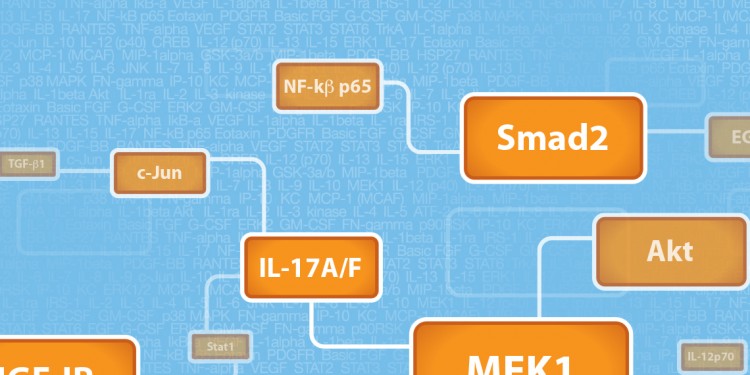
Multiplex Analysis of Cell Death Markers Using Bio-Plex Pro™ RBM Apoptosis Assays

Genomic Variation Analysis with Droplet Digital PCR: Success Stories
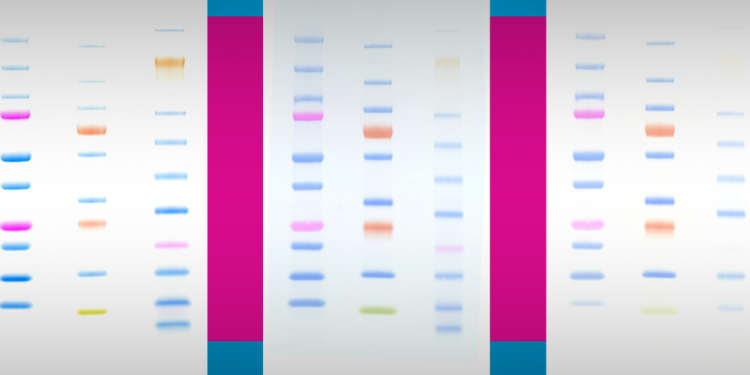
Brighter Precision Plus Protein™ Dual Color Standard — The Brightest Protein Marker Available
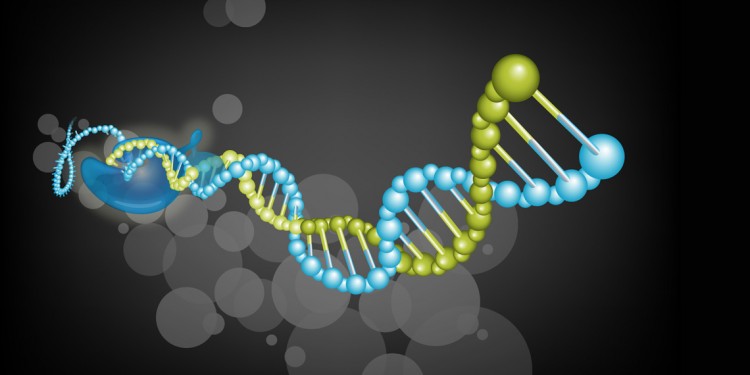
Better, Faster, and Less Expensive Gene Expression Analysis Using Multiplex One-Step RT-qPCR: A Case Study of Colorectal Cancer

Ligand Immobilization in Protein Interaction Studies — An Unattended Amine Coupling Protocol with Automatic Coinjection Activation
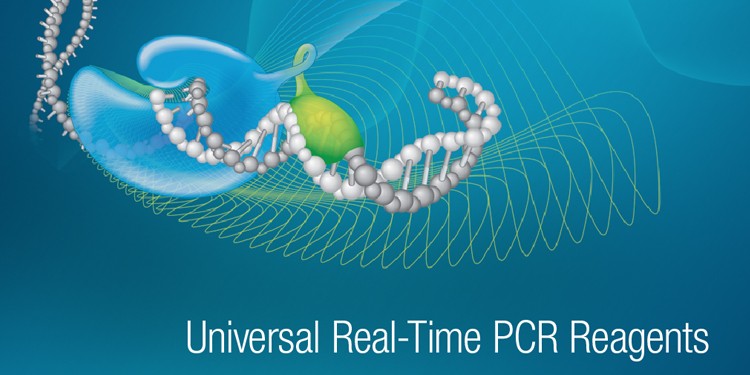
Bio-Rad’s Universal Real-Time PCR App – Everything You Need to Know about Real-Time PCR at Your Fingertips

Developing Bio-Rad’s S3™ Cell Sorter: The Great Cell Sorting Redesign
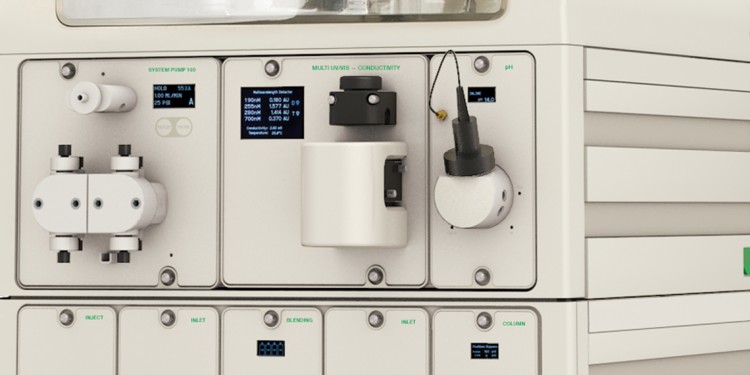
Protein Purification Workflow Development Using Bio-Rad’s NGC™ Chromatography System
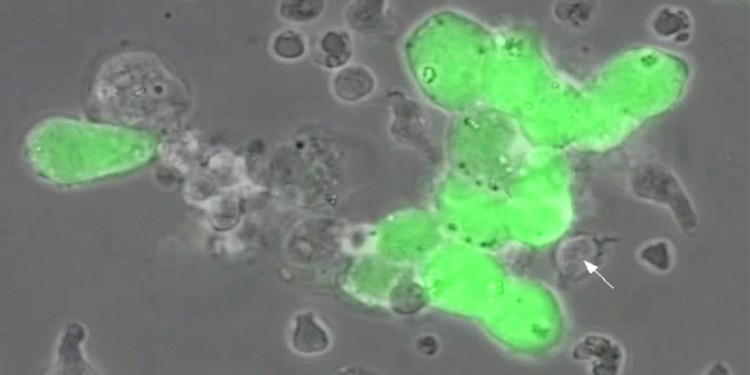
Unlocking the Structures of Natural Killer Cell Receptors with the NGC™ Chromatography System


